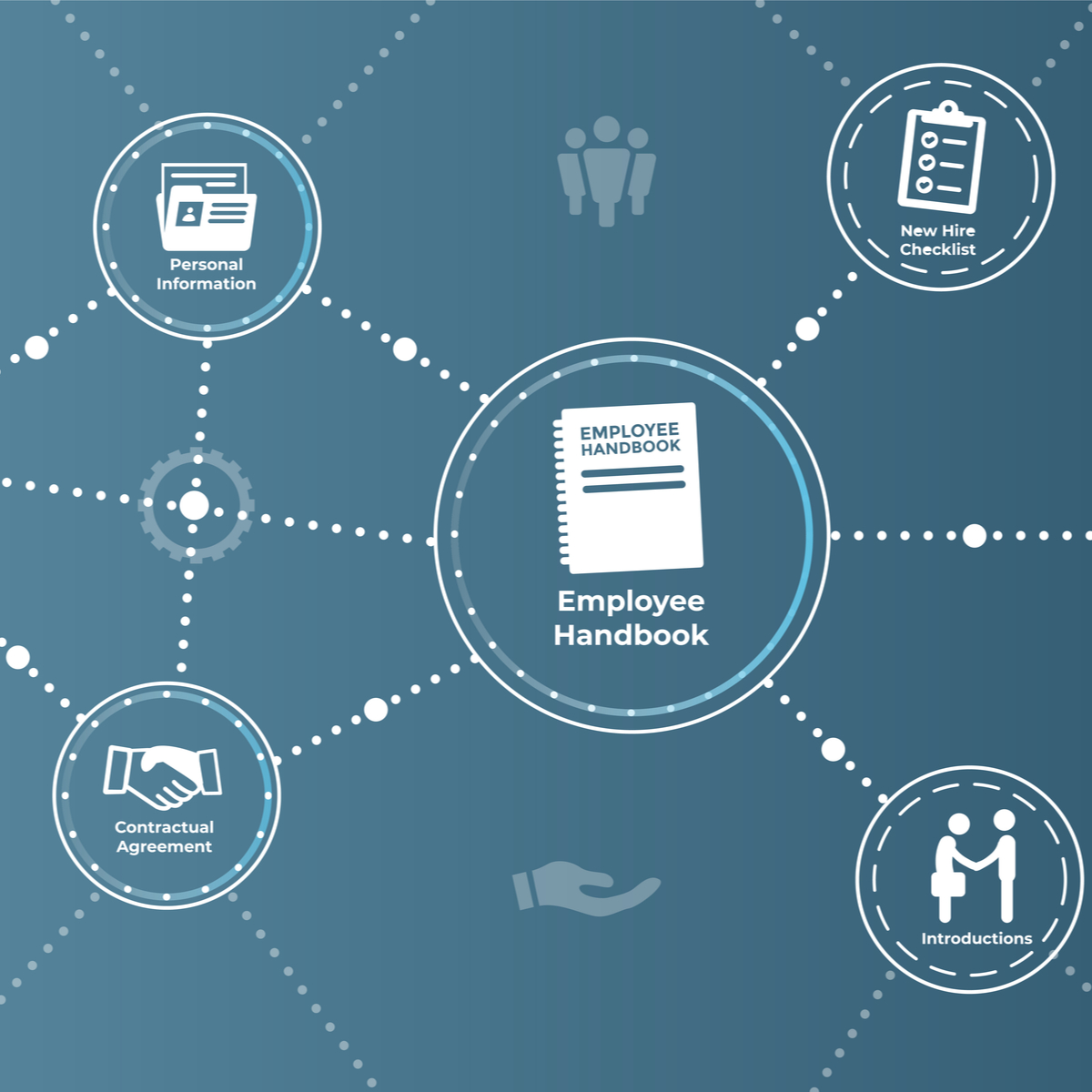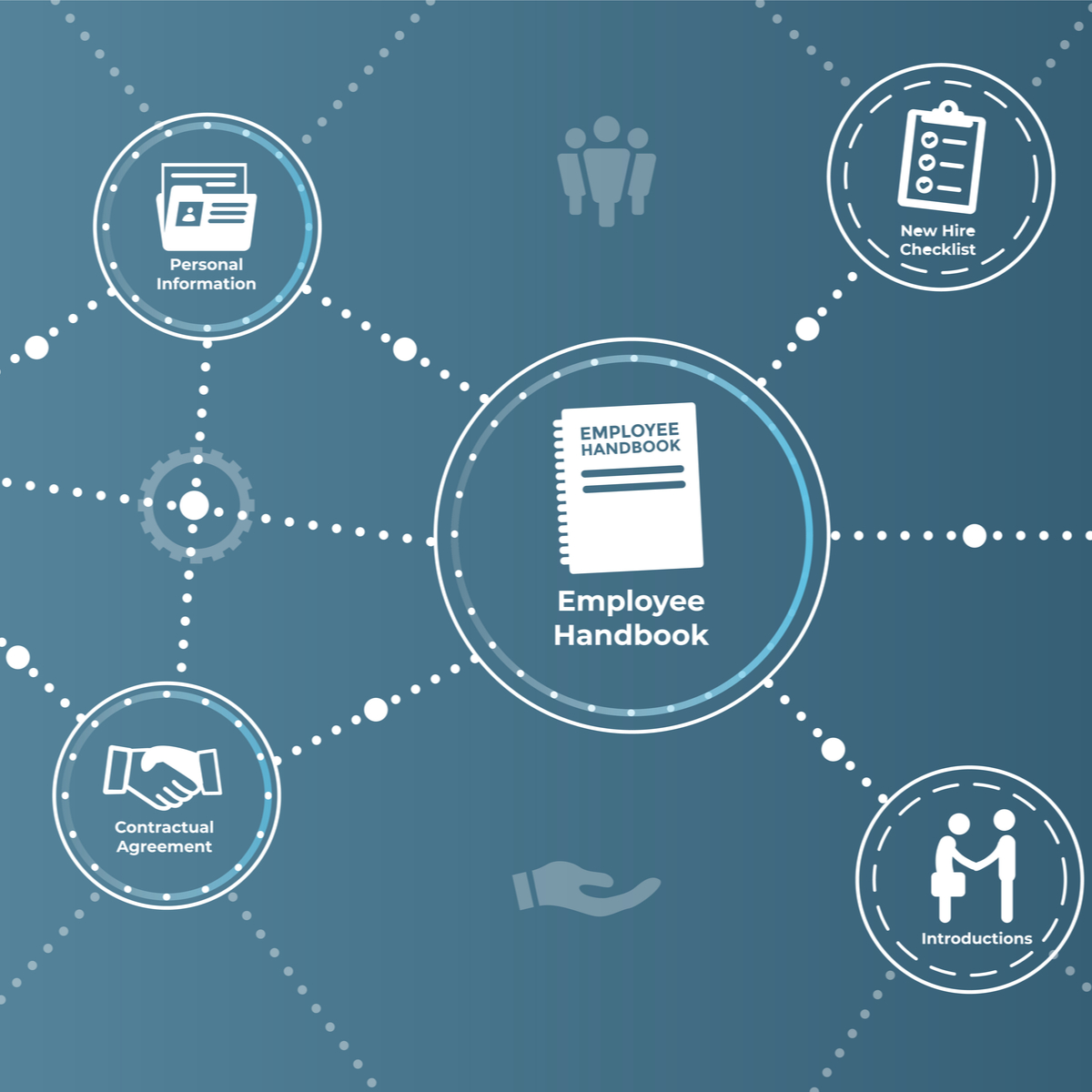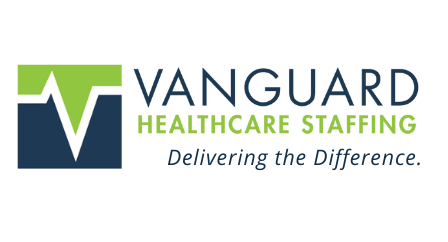Candidate Experience Best Practices

Attracting and keeping top talent can be a challenge for many organizations. According to Aptitude Research Partners, it is a top challenge for nearly 76% of decision makers. Employee engagement begins even before day 1. Take a look at your interview and onboarding process to evaluate your candidate experience for best practices.
Optimize the Application Process - Evaluate your application process to ensure that it is user-friendly. 60% of job seekers have reported exiting an application process due to its length or complexity.
Deliver on Expectations - Set clear expectations during the interview process. Nearly 43% of employees who left their new role in the first 90-days reported it was because the job was not what they expected. This begins with the job description in your job posting and extends through the interview process. To successfully transition a candidate experience into employee engagement, companies need to paint an accurate picture of the position and the company overall. If there are current challenges, whether with the position specifically or company in general, be clear and upfront on those issues. Walking into a situation that was not disclosed may lead employees feeling they were lied to.
Maintain Consistent Engagement - Follow up with candidates in a timely manner. It's best to maintain one point of contact with the candidate such as HR/recruiter or the hiring manager. Having multiple people involved increases the chances of things falling through the cracks.
Nothing is worse than losing a candidate because you took too long to make a decision. Don't leave weeks in between touch points. Move the process along as quickly as you are able so your candidate doesn't get scooped up by another company with a more efficient process.
Don't forget to close the loop with all candidates. if you decide not to move forward with a candidate, send them a rejection email to inform them. Hearing nothing at all can damage the perception of your company.
Acceptance to Onboarding - There is generally a few weeks between the signing of the offer letter and an employee's first day. It's important to maintain contact during this time which is the responsibility of both HR and the hiring manager. HR generally handles all the important information such as benefits, payroll, welcome letters, etc. The hiring manager should reach out to welcome them to the team and make sure they have everything needed for day 1. Sending a card signed by their new team is a great way to make them feel welcomed. Some companies also arrange to have a few company items sent out as part of the welcome package: T-Shirt, coffee mug, water bottle, pens/pencil, etc. These simple gestures can go a long way in welcoming your new employee.
Onboarding Experience - Onboarding starts with a signed offer letter. It is important to keep the lines of communication open and consistent during this period. Clear instructions and information regarding payroll, benefits and other HR tasks, as noted earlier, should be easily accessible to the new employee in case any questions arise. Many companies have implemented software solutions to handle these processes which saves ample time when onboarding, but having a person available to answer any questions of concerns of the employee creates an even better experience.
Many companies also create a buddy or mentor program for new employees. This will team the new hire up with someone who can answer all those little questions, show them around the building, best places to grab lunch, someone to grab coffee with, etc. Depending on the size of the organization, it is a good idea to have the mentor in a different department from the new employee. This gives the new employee opportunities to meet people from other areas of the company.
Turnover is costly to every organization - roughly six to nine months - and recruiting top talent demands both time and money. Tale some time to reevaluate your candidate experience to determine where and how you can get ahead of turnover.

